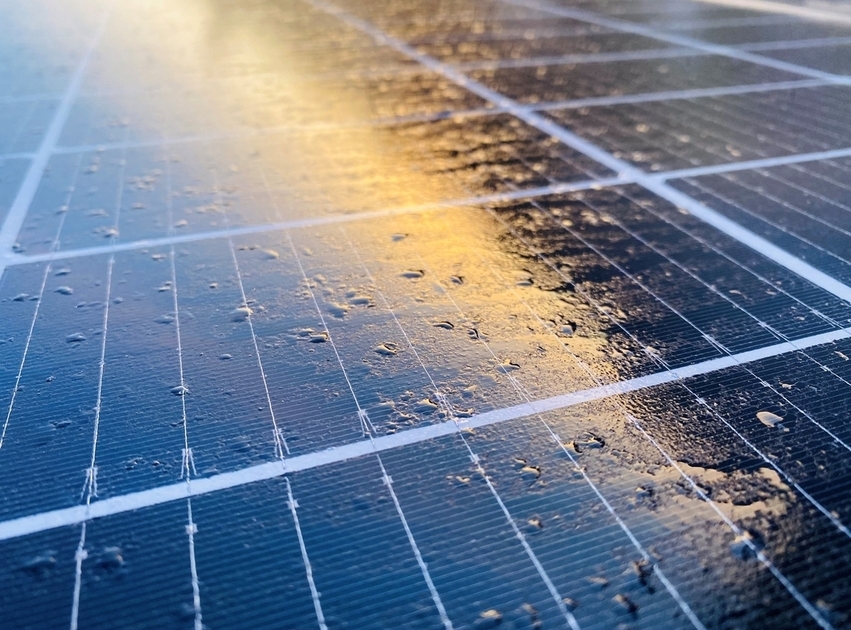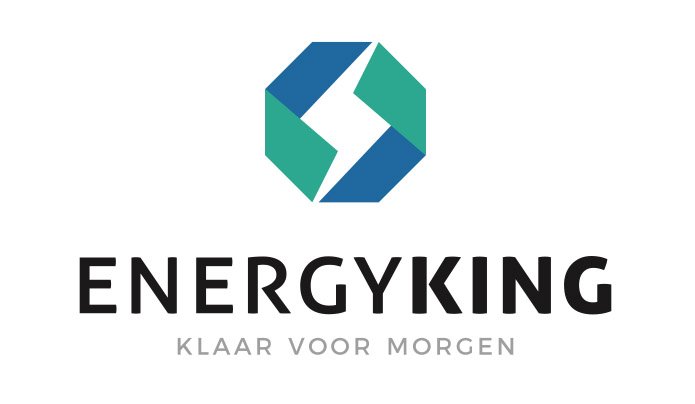 LONGI is the world's largest manufacturer of solar panels & mono-crystalline solar cells. Since its founding in 2000, in China, the company has focused on pioneering monocrystalline technologies.
LONGI is the world's largest manufacturer of solar panels & mono-crystalline solar cells. Since its founding in 2000, in China, the company has focused on pioneering monocrystalline technologies.
LONGI's solar panels are highly innovative and high quality.
The PVEL is an organization that conducts annual stress tests on solar panels to find out construction quality.
The 5 tests
The PVEL has five physical tests to which panels are subjected:
1) Thermal Cycling - Controls resistance to temperature changes.
Temperature differences cause expansion and contraction of different parts. This happens at different speeds in different materials and puts pressure on the connections between the materials. Over time, this can damage the solar panel and cause a panel's performance to slowly decline.
PVEL tests the panels to extreme temps where they cool the panels to -40°C and then heat them to 85°C. A temperature difference of 125 degrees. They do this about 600 times.
Longi was named "Top Performers" in this test: its solar panel yield fell less than 2%.
The company has had several series of panels tested to achieve Top Performer status. This is a good sign, Longi can produce a range of sustainable solar panels.
2) Humid heat - The ability to survive hot, humid, tropical conditions.
Heat and humidity are bad for all types of electronics, and solar panels are no exception. If a panel is poorly made, heat and humidity will not only degrade the panels, but cause them to completely disintegrate. The Vapor Heat Test slides panels into a large slow cooker that keeps them at 85 degrees and 85% humidity for two sessions of 1,000 hours each.
If a panel performs poorly on this test, it is an indication that it is unable to keep water out long-term and is not suitable for wet and humid climates.
3) Mechanical Stress Sequence - Resistance to degradation due to wind pressure.
Wind exerts pressure on solar panels. This pressure can cause panels to sag when the wind blows, and the stress can lead to damage over time. The Mechanical Stress Test determines which panels can withstand it.
The test involves subjecting panels to a downward force for one hour and an upward force of 2,400 pascals for one hour. This procedure is performed three times.
Then the panels are subjected to 1,000 cycles of alternating positive and negative pressure of 1,000 pascals. If this process causes small cracks in the solar cells, they can still be tightly clamped together, so the losses due to cracking will be minimal. To break apart these cracks, the panel is then given 50 thermal cycles, as in the thermal cycle test, and 10 moisture-freeze cycles where they are held in hot humid conditions and then frozen.
In general, panels with half-cut cells do better in this test than those with full-size cells. On the one hand, this is not so surprising because smaller cells mean they are under less pressure when bent. On the other hand, half-cut cells also have twice as many joints that can be damaged when bent, so it could have gone the other way.
Again, Longi makes it to the top performers.
4) Potential-induced degradation (PID) - a form of deterioration more common in hot and humid areas.
Sodium can be bad for solar cells. If sodium ions from a panel get into the solar cells underneath, it can cause a form of degradation known as Potential Induced Degradation, or PID for short. The sodium ions can be brought to the cells by leakage currents, which are unwanted stray electrical currents in the panel.
This type of degradation occurs most often in hot humid places so for this test, solar panels are slid into a sauna room used for the Vapor Heat Test and exposed to 85 degrees at 85% humidity for two periods of 96 hours each.
Although this is much shorter than the period for the Damp Heat Test, at the same time it also allows the maximum voltage the panels can handle to pass.
Longi again came out as Top Performer in this test with a deterioration of 2% or less.
5) MEMBER + LETID - Infestation by P type panels + infestation by PERC panels....
LID stands for Light Induced Degradation. It is a form of degradation that type P solar cells suffer from. The majority of solar panels are type P. It reduces the yield of solar panels by about 3% during the first two days in the sun and then stops.
LeTID stands for Light and elevated Temperature Induced Degradation. This is a problem that only PERC panels suffer from, but most panels sold today are PERC. Since all PERC are P-type, they will suffer from LID and may also suffer from significant amounts of LeTID.
The LID + LeTID test involves exposing the panels to sunlight until they reach the maximum amount of LID they suffer from. Then they are placed in a room and used to generate electricity for 486 hours at the equivalent of full sunlight. That's just under three weeks.
Again, Longi was among the best performing manufacturers.
If a manufacturer has the word TOP in a test category, it means that at least one panel achieved a Top Performer result in that test.
There were only five manufacturers that achieved a Top Performer result in each category, including Longi.
This is good proof that these manufacturers know how to make panels that last a long time and whose yields hardly deteriorate.





